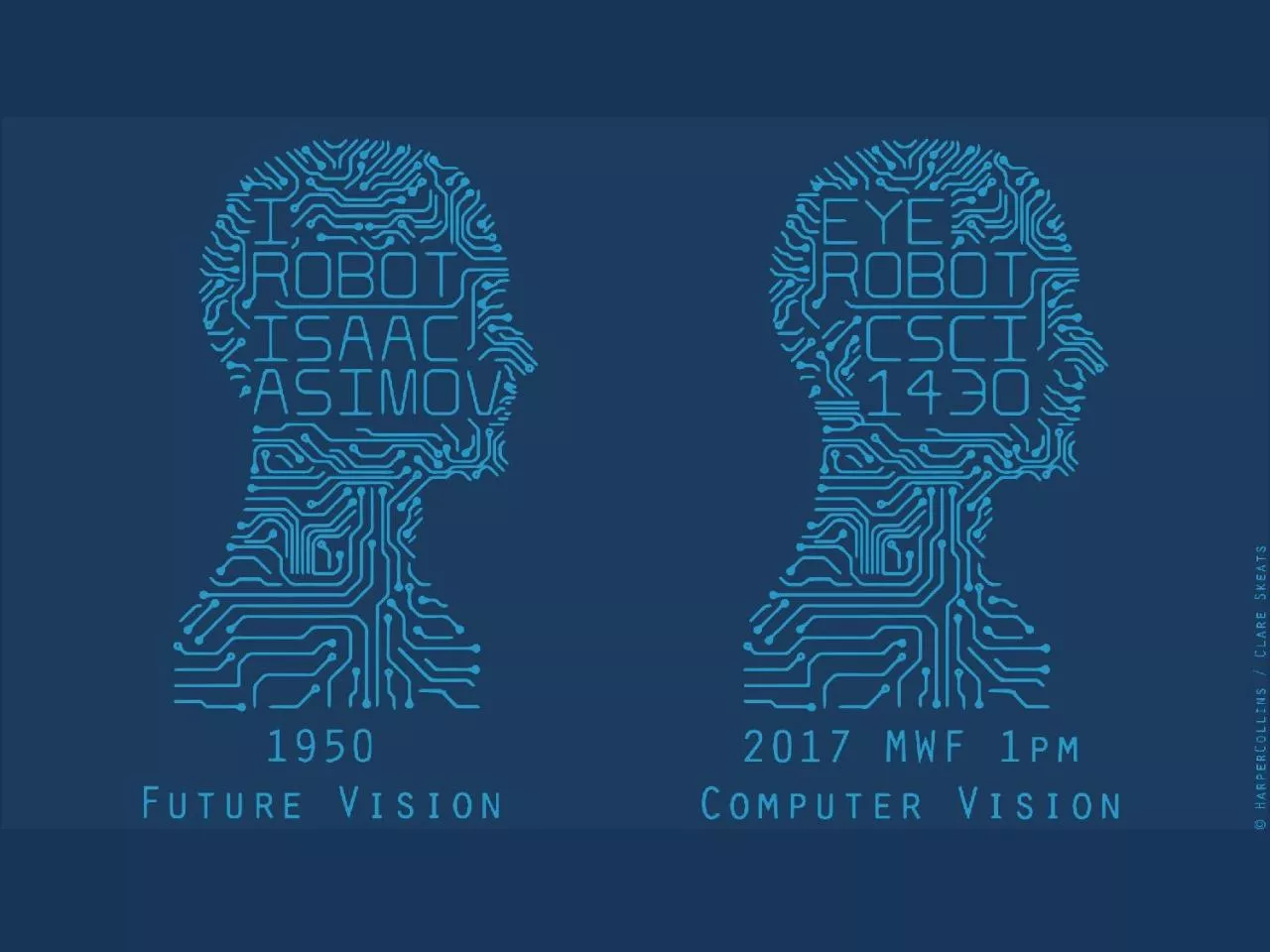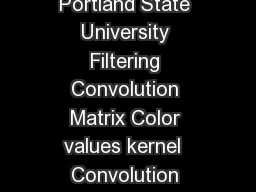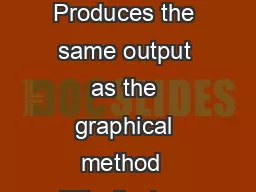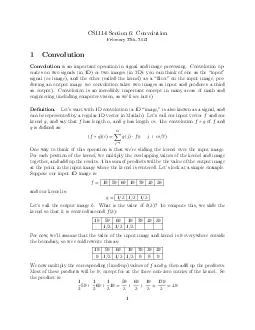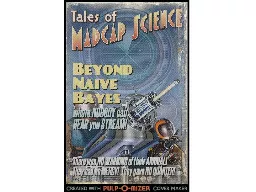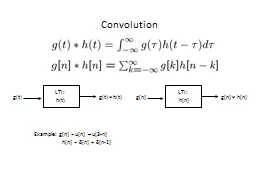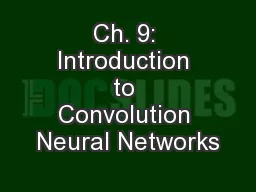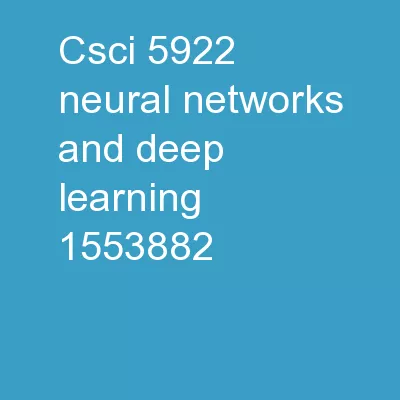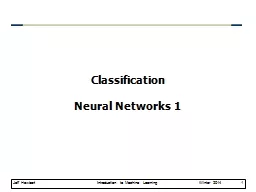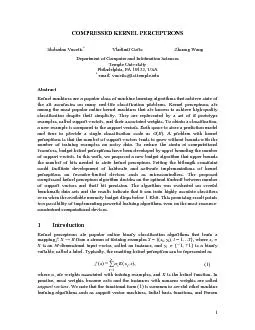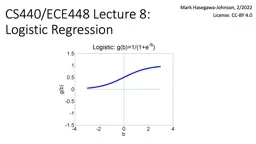PPT-Perceptron: This is convolution!
Author : yvonne | Published Date : 2023-11-08
v v v v Shared weights Filter local perceptron Also called kernel Yann LeCuns MNIST CNN architecture DEMO httpscsryersoncaaharleyvisconv Thanks to Adam Harley
Presentation Embed Code
Download Presentation
Download Presentation The PPT/PDF document "Perceptron: This is convolution!" is the property of its rightful owner. Permission is granted to download and print the materials on this website for personal, non-commercial use only, and to display it on your personal computer provided you do not modify the materials and that you retain all copyright notices contained in the materials. By downloading content from our website, you accept the terms of this agreement.
Perceptron: This is convolution!: Transcript
Download Rules Of Document
"Perceptron: This is convolution!"The content belongs to its owner. You may download and print it for personal use, without modification, and keep all copyright notices. By downloading, you agree to these terms.
Related Documents

